2,5-Diaminotoluene
- CAS NO.:95-70-5
- Empirical Formula: C7H10N2
- Molecular Weight: 122.17
- MDL number: MFCD00035779
- EINECS: 202-442-1
- SAFETY DATA SHEET (SDS)
- Update Date: 2025-12-17 09:49:44
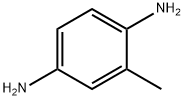
What is 2,5-Diaminotoluene ?
Description
p-Toluylenediamine is a hair dye associated with contact dermatitis in hairdressers. Cross reactivity is observed with PPD.
Chemical properties
Colorless plates. Soluble in water, ethanol, ether, and hot benzene 2,5-Toluenediamine is used in hair and fur dyes.
The Uses of 2,5-Diaminotoluene
2,5-Toluenediamine is used primarily in hair dye formulations
as one of the major oxidation dye precursors. It is
also used in the synthesis of saframine, a family of dyes used
as biological stain, and may be present in indelible ink,
antifreeze, and nail polish.
As may be expected from its use in hair dye formulations,
hairdressers and barbers may be exposed to 2,5-TDA.
Workers in the dye manufacturing industry may also be
exposed.
Definition
ChEBI: A diamine in which the two amino groups are substituted into toluene at the 2- and 5-positions.
Synthesis Reference(s)
Journal of the American Chemical Society, 102, p. 6182, 1980 DOI: 10.1021/ja00539a054
Flammability and Explosibility
Non flammable
Contact allergens
Toluene-2,5-diamine is a permanent hair dye involved in contact dermatitis in hairdressers and consumers. It does not cross-react with PPD, but cosensitization is frequent.
Safety Profile
Poison by ingestion and subcutaneous routes. A skin irritant. Mutation data reported. Questionable carcinogen. Has a toxic action upon the liver and can cause fatty degeneration of that organ. Its total effect upon the body seems to take place three chfferent ways. It is toxic to the central nervous system, producing jaundice by action on the liver and spleen, and anemia by destruction of the red blood cells. This action is quite similar to that of aniline, although by no means identical with it. Its high boiling point and the fact that the material is solid at room temperature make it somewhat less hazardous than aniline, particularly at ordinary working temperatures. The literature contains a reference to a permanent injury to an eye due to the use of this material as an eyelash dye. It is considered to be an irritating dye material. When heated to decomposition it emits toxic fumes of NOx. See also other toluene diamine entries and AROMATIC AMINES.
Carcinogenicity
The possible carcinogenicity of 2,5-TDA (as sulfate salt [6369-59-1]) was tested by the National Cancer Institute in a dietary feeding study. Groups of 50 male and female F344 rats (600 or 2000 ppm) and B6C3F1 mice (600 or 1000 ppm) were given diets containing 2,5-TDA for 78 weeks and then observed for an additional period of 28–31 weeks for rats and 16–19 weeks for mice. The only statistically significant increased incidence was in lung tumors in high-dose female mice, but the evidence was not convincing enough to be attributed to 2,5-TDA. Overall, the compound was considered noncarcinogenic.
Properties of 2,5-Diaminotoluene
| Melting point: | 64°C |
| Boiling point: | 273°C |
| Density | 1.0343 (rough estimate) |
| vapor pressure | 0.454Pa at 25℃ |
| refractive index | 1.5103 (estimate) |
| solubility | Soluble in water |
| form | powder to crystal |
| pka | 5.98±0.10(Predicted) |
| color | White to Brown |
| Water Solubility | 500g/L at 20℃ |
| Stability: | Hygroscopic |
| CAS DataBase Reference | 95-70-5(CAS DataBase Reference) |
| NIST Chemistry Reference | 1,4-Benzenediamine, 2-methyl-(95-70-5) |
| IARC | 3 (Vol. 16, Sup 7) 1987 |
| EPA Substance Registry System | Toluene-2,5-diamine (95-70-5) |
Safety information for 2,5-Diaminotoluene
| Signal word | Warning |
| Pictogram(s) |
 Exclamation Mark Irritant GHS07 |
| GHS Hazard Statements |
H302:Acute toxicity,oral H315:Skin corrosion/irritation H319:Serious eye damage/eye irritation H335:Specific target organ toxicity, single exposure;Respiratory tract irritation |
| Precautionary Statement Codes |
P261:Avoid breathing dust/fume/gas/mist/vapours/spray. P280:Wear protective gloves/protective clothing/eye protection/face protection. P301+P312:IF SWALLOWED: call a POISON CENTER or doctor/physician IF you feel unwell. P302+P352:IF ON SKIN: wash with plenty of soap and water. P305+P351+P338:IF IN EYES: Rinse cautiously with water for several minutes. Remove contact lenses, if present and easy to do. Continuerinsing. |
Computed Descriptors for 2,5-Diaminotoluene
New Products
4,4-Difluoropiperidine hydrochloride tert-butyl 9-methoxy-3-azaspiro[5.5]undecane-3-carboxylate Indole Methyl Resin N-Isopropylurea N,N-Dicyclohexylcarbodiimide(DCC) MELDRUMS ACID 5-METHYLISOXAZOLE-4-CARBOXYLIC ACID Magnessium Bis glycinate Zinc ascorbate 1-bromo-2-butyne 2-acetamidophenol 9(10H)-anthracenone Erythrosin B, 4-Piperidinopiperidine 2-((4-morpholinophenylamino) (methylthio) methylene) malononitrile 2,4-dihydroxybenzaldehyde 3-(4-morpholinophenylamino)-5-amino-1H-pyrazole-4-carbonitrile Methyl 2-methylquinoline-6-carboxylate 2,6-dichloro-4-nitropyridine 4-Bromo-2-chlorobenzonitrile 2-(benzylamino)acetic acid hydrochloride 4-(tert-Butoxycarbonylamino)but- 2-ynoic acid 3,4-dihydro-2H-benzo[b][1,4]dioxepine 1-Phenyl-1-cycloprppanecarboxylicacidRelated products of tetrahydrofuran
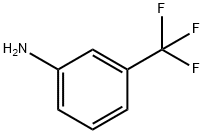




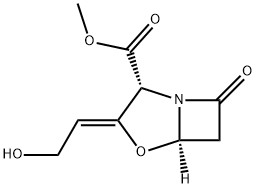
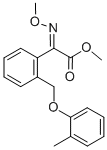

You may like
-
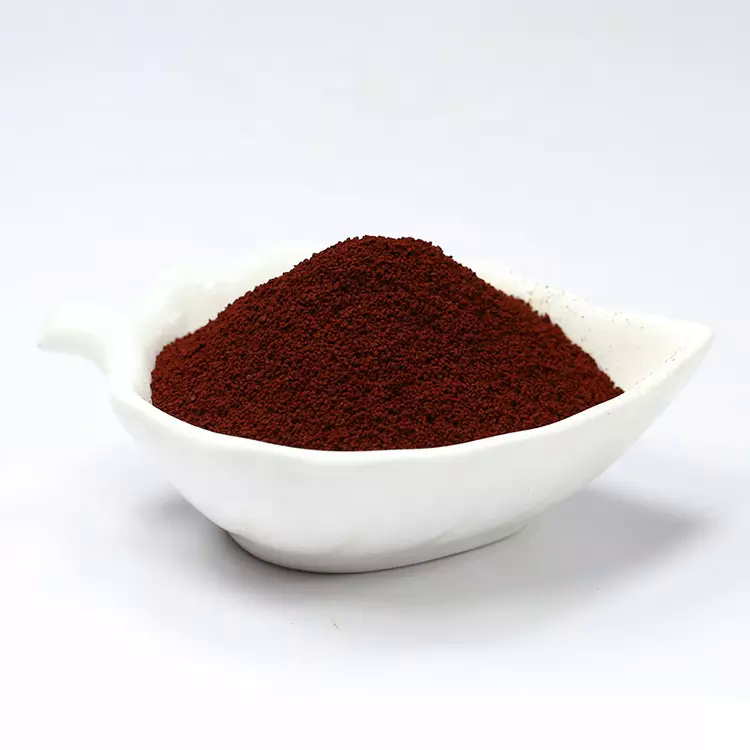 95-70-5 2,5-Diaminotoluene 98%View Details
95-70-5 2,5-Diaminotoluene 98%View Details
95-70-5 -
 2,5-Diaminotoluene CAS 95-70-5View Details
2,5-Diaminotoluene CAS 95-70-5View Details
95-70-5 -
 3-(4-amino-1-oxoisoindolin-2-yl)-1-methylpiperidine-2,6-dione 98%View Details
3-(4-amino-1-oxoisoindolin-2-yl)-1-methylpiperidine-2,6-dione 98%View Details -
 614-19-7 98%View Details
614-19-7 98%View Details
614-19-7 -
 20677-73-0 (2,2-diethoxyethyl)methylamine 98%View Details
20677-73-0 (2,2-diethoxyethyl)methylamine 98%View Details
20677-73-0 -
 3-(4-(hydroxyamino)-1-oxoisoindolin-2-yl)piperidine-2,6-dione 98%View Details
3-(4-(hydroxyamino)-1-oxoisoindolin-2-yl)piperidine-2,6-dione 98%View Details -
 57381-49-4 2-bromo-4-chlorobenzonitrile 98%View Details
57381-49-4 2-bromo-4-chlorobenzonitrile 98%View Details
57381-49-4 -
 4,6-dichloropyrimidine-5-carbaldehyde 98%View Details
4,6-dichloropyrimidine-5-carbaldehyde 98%View Details
5305-40-8
